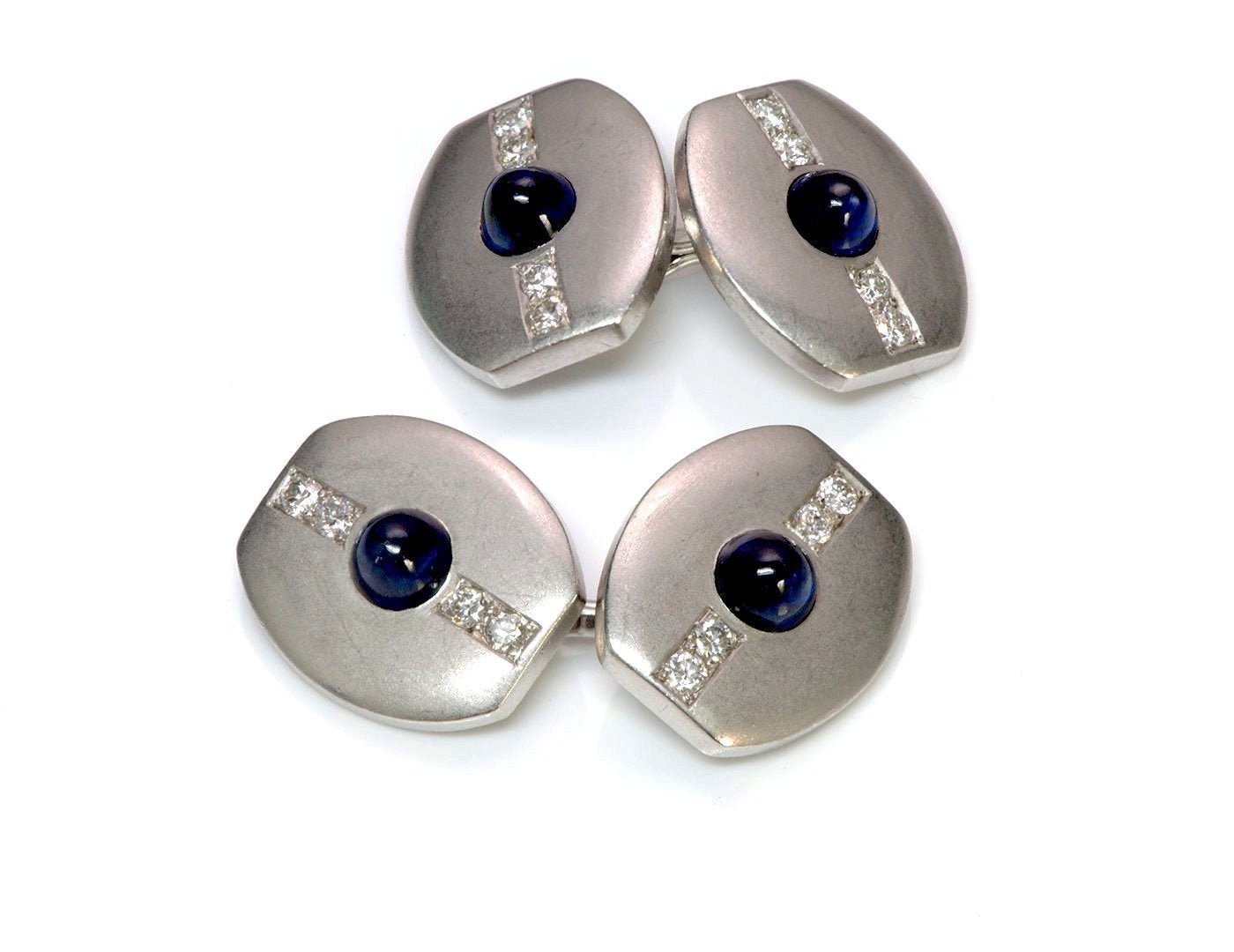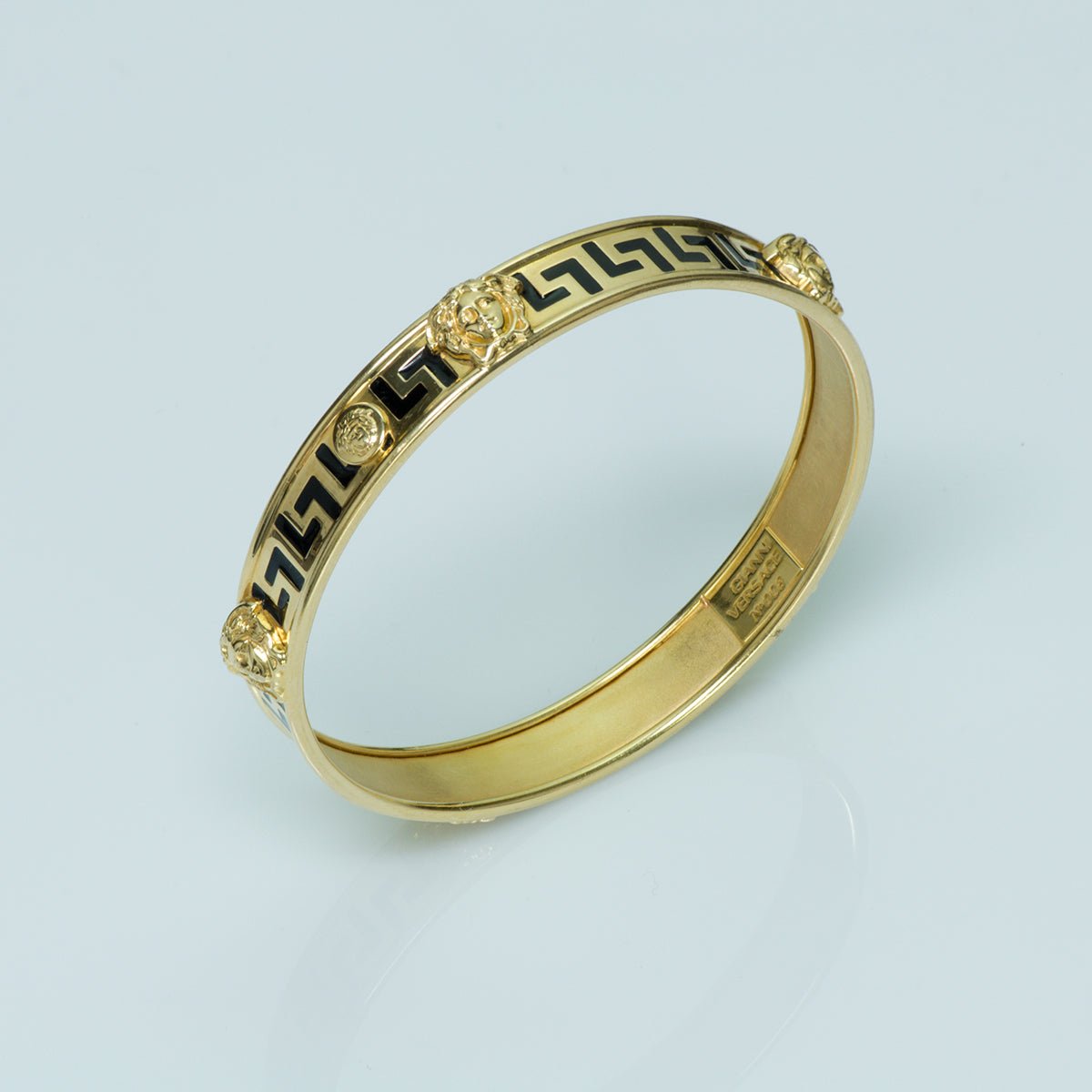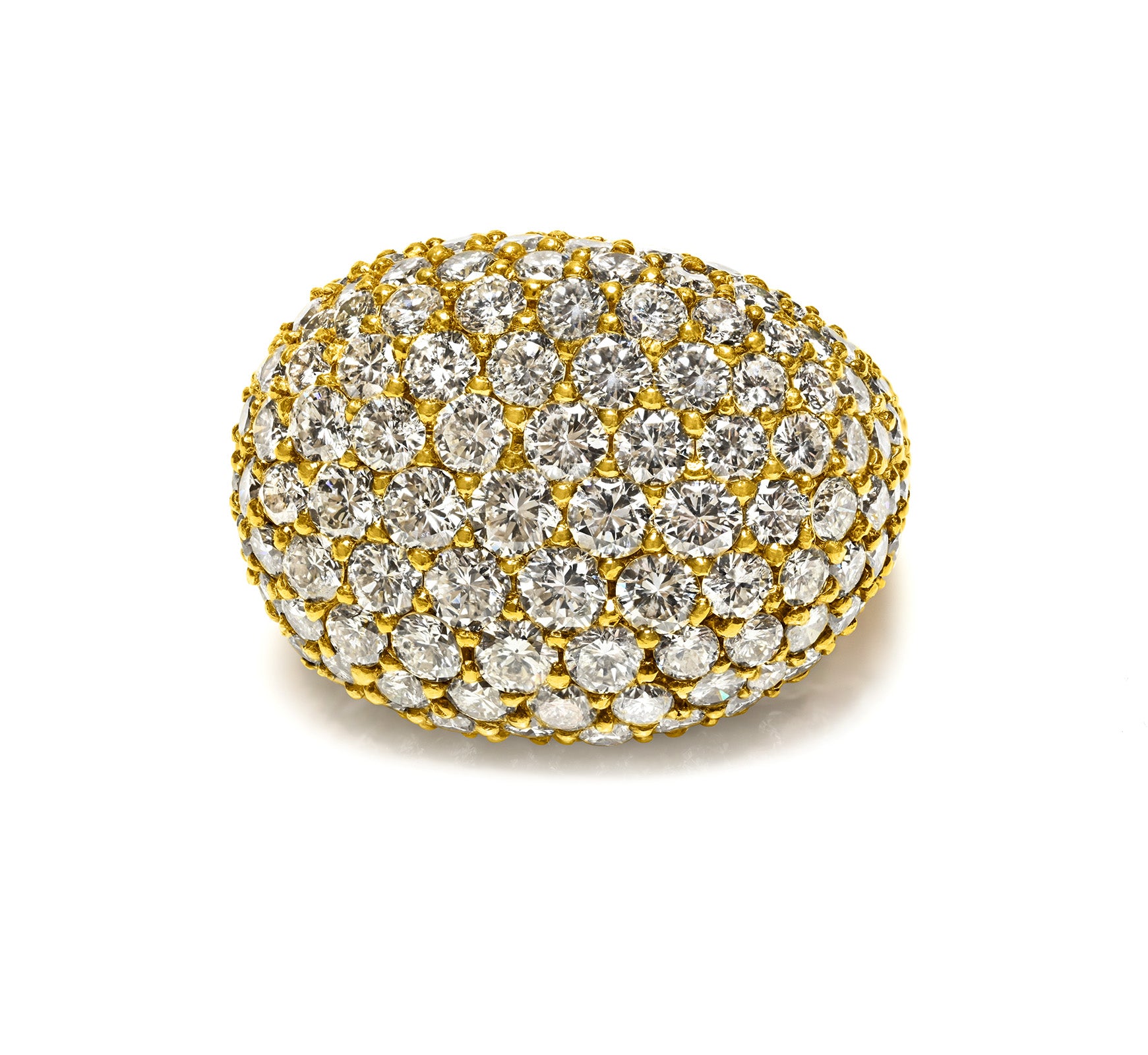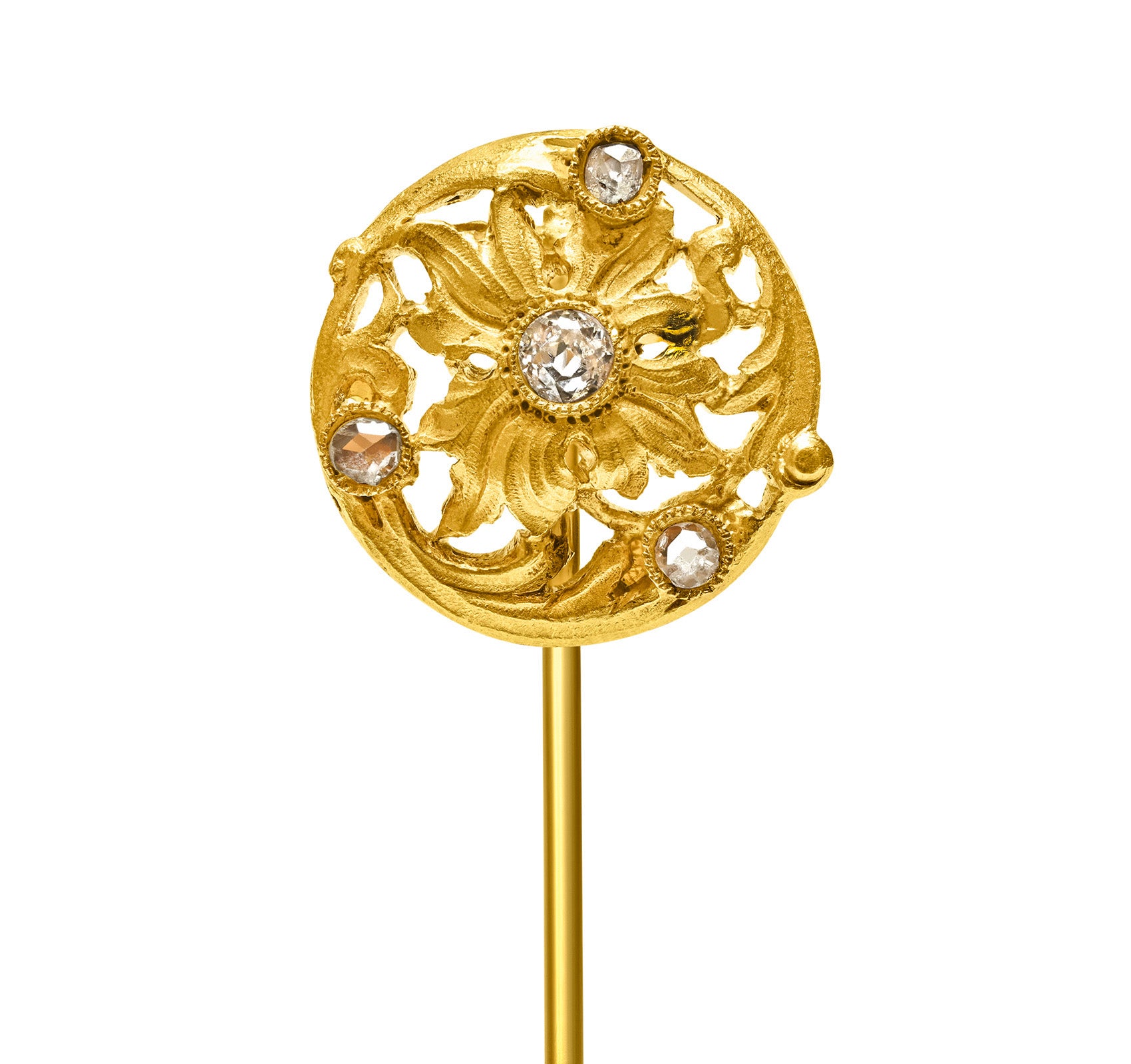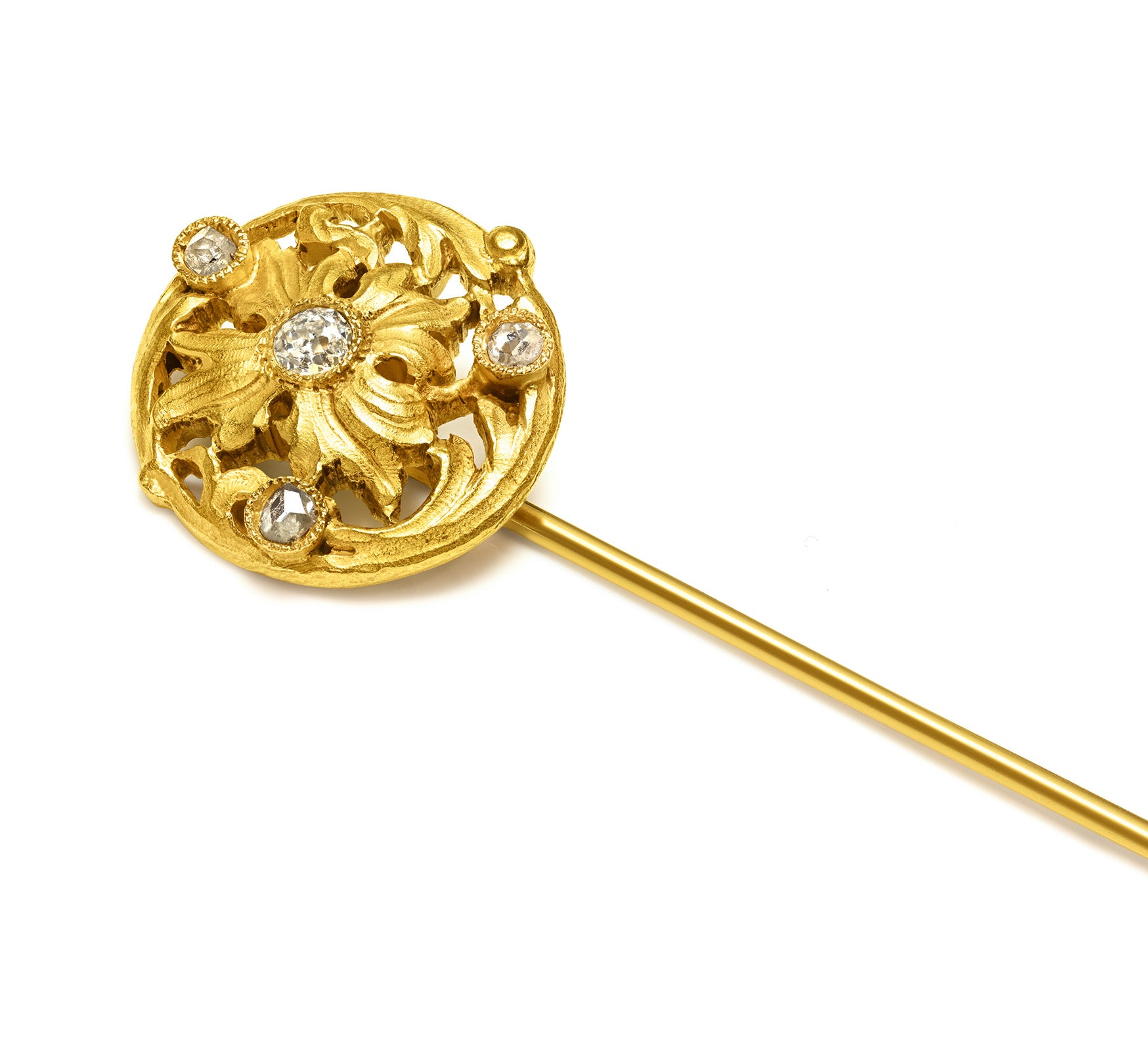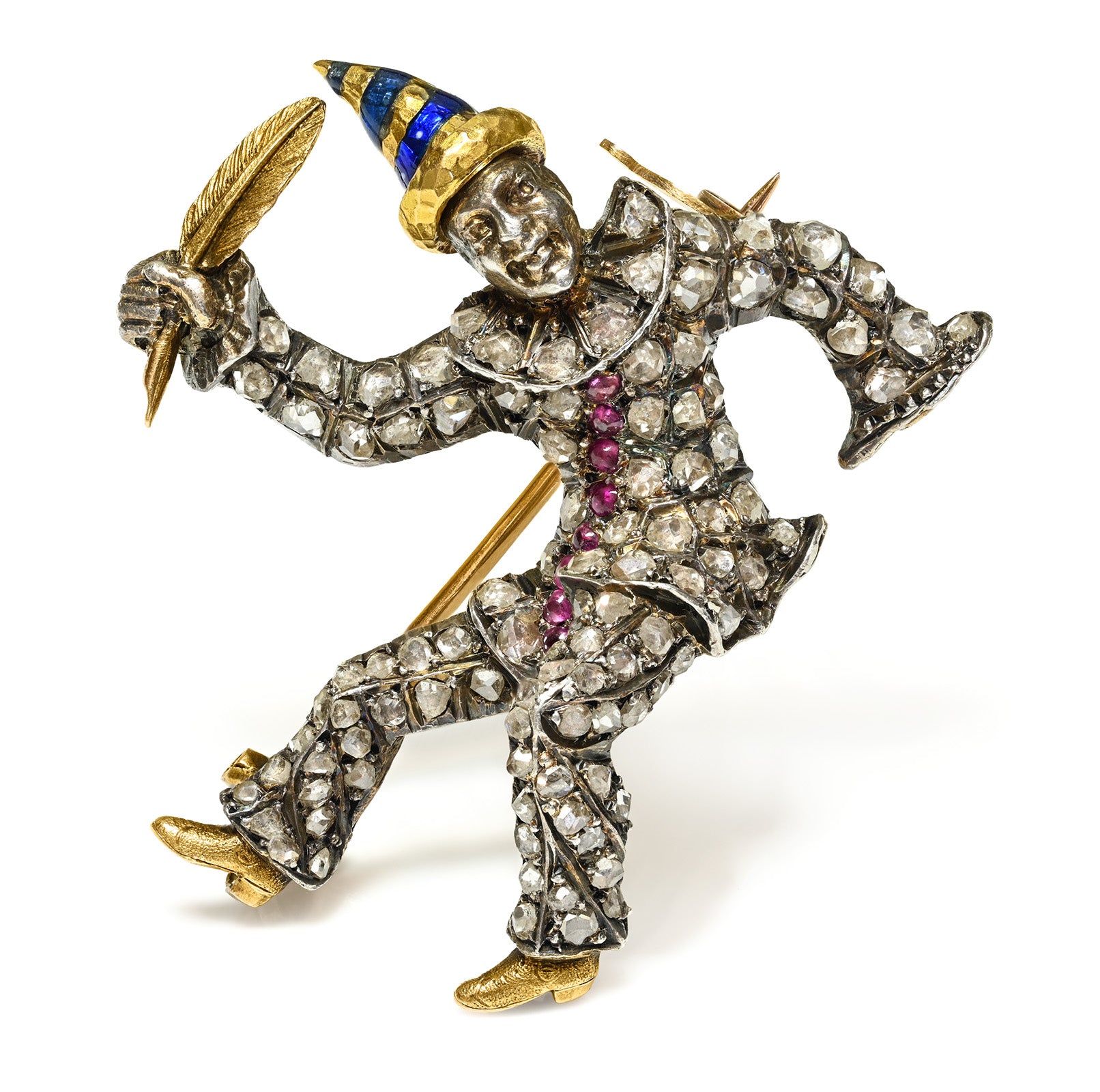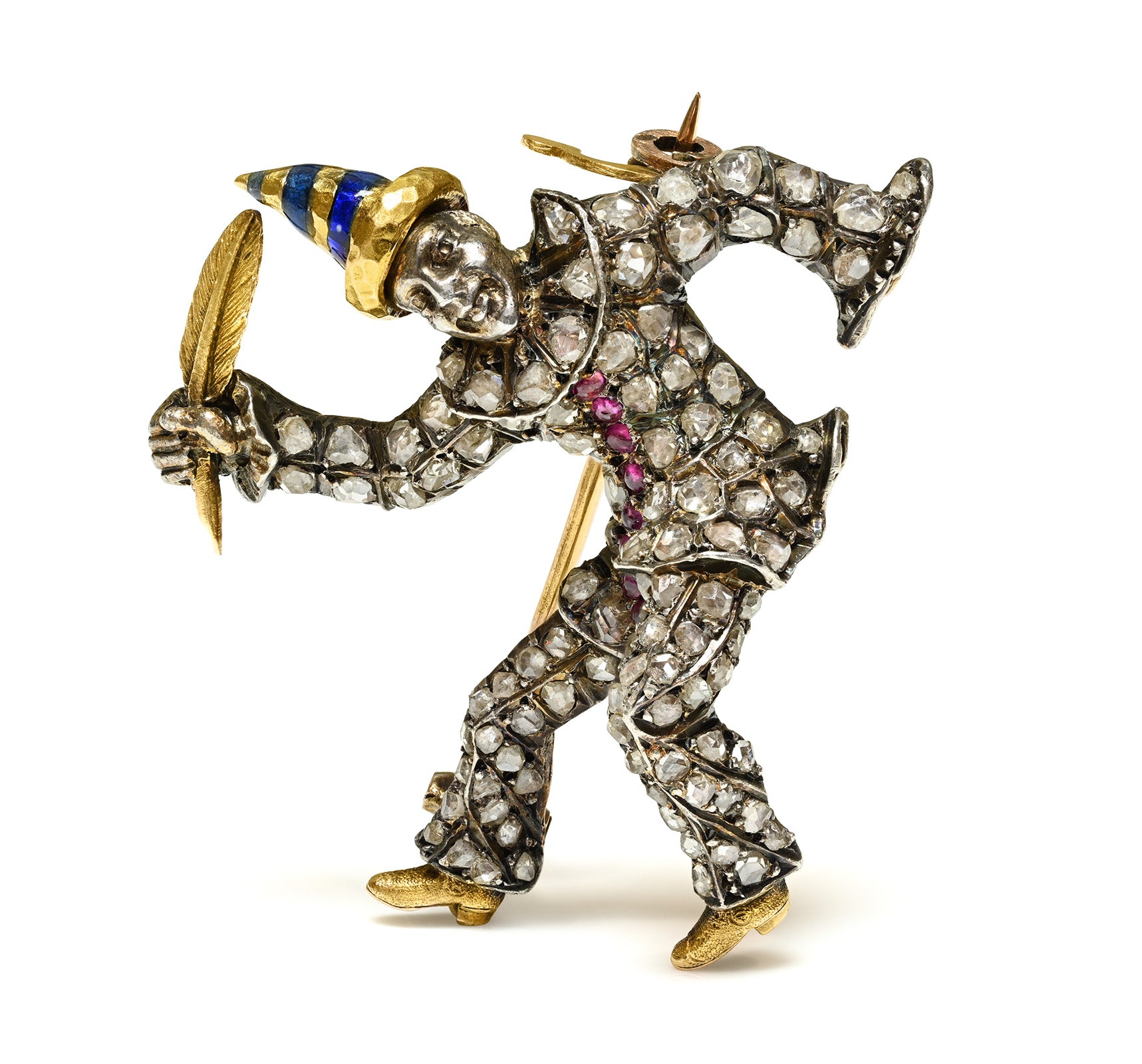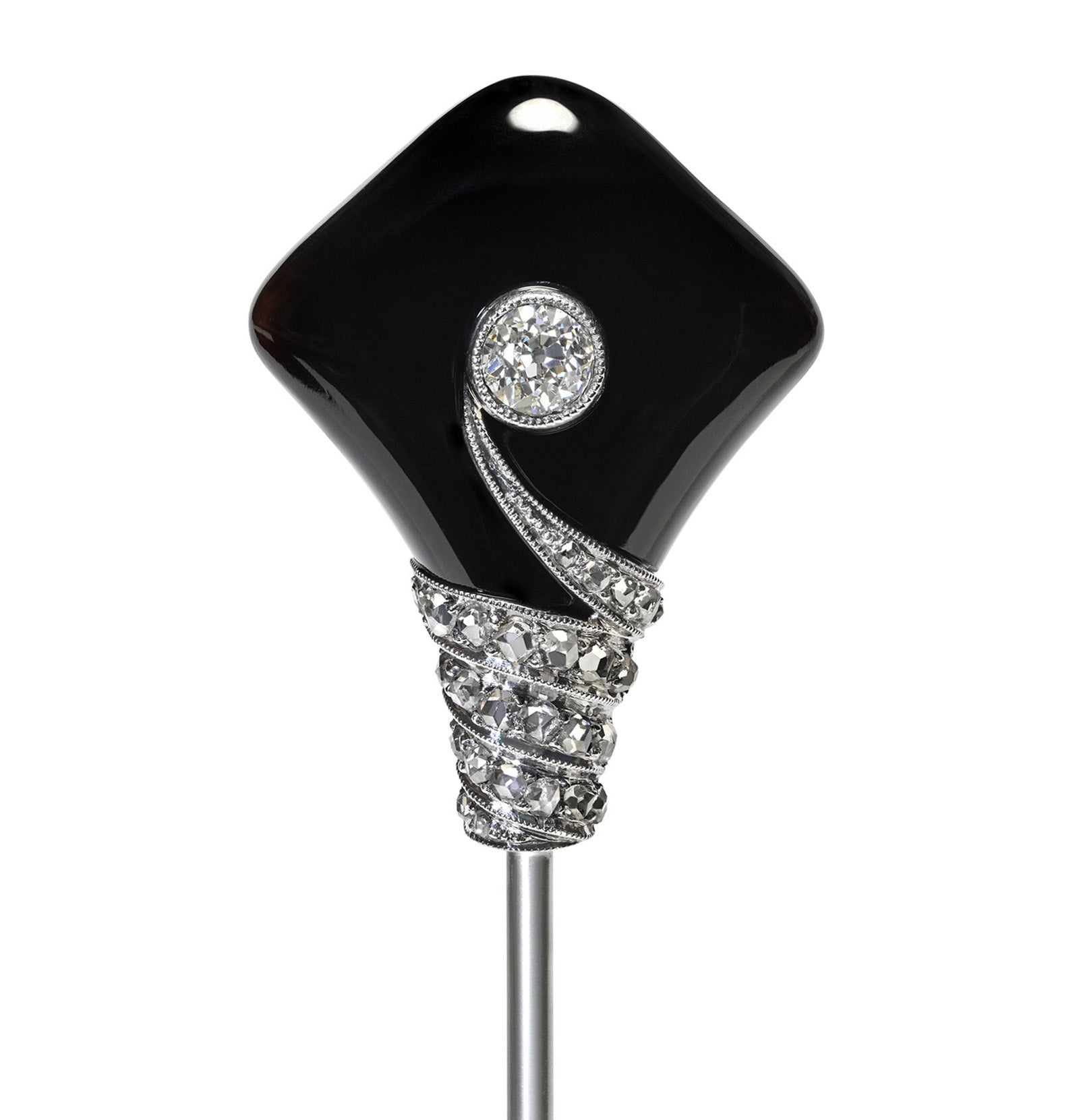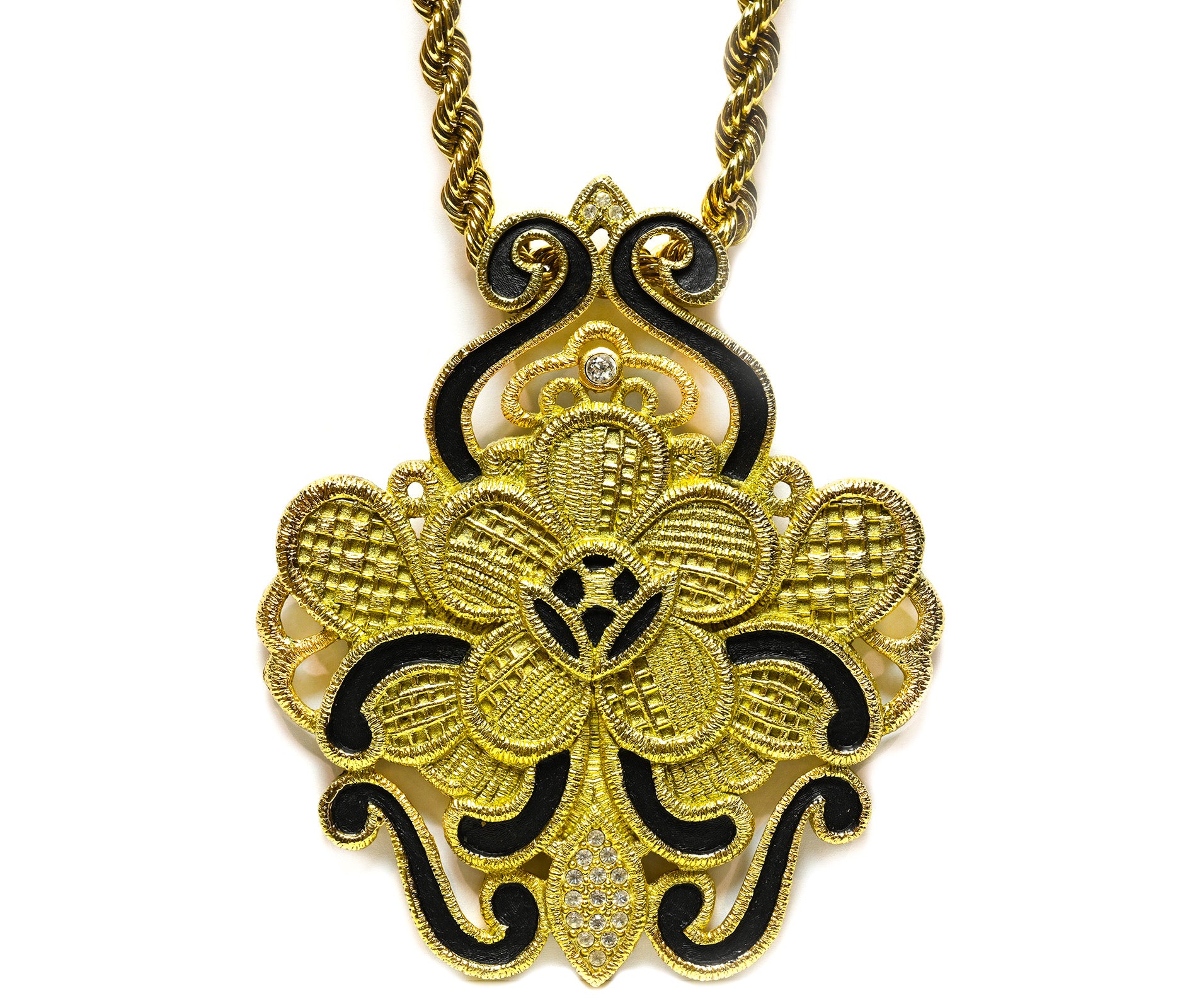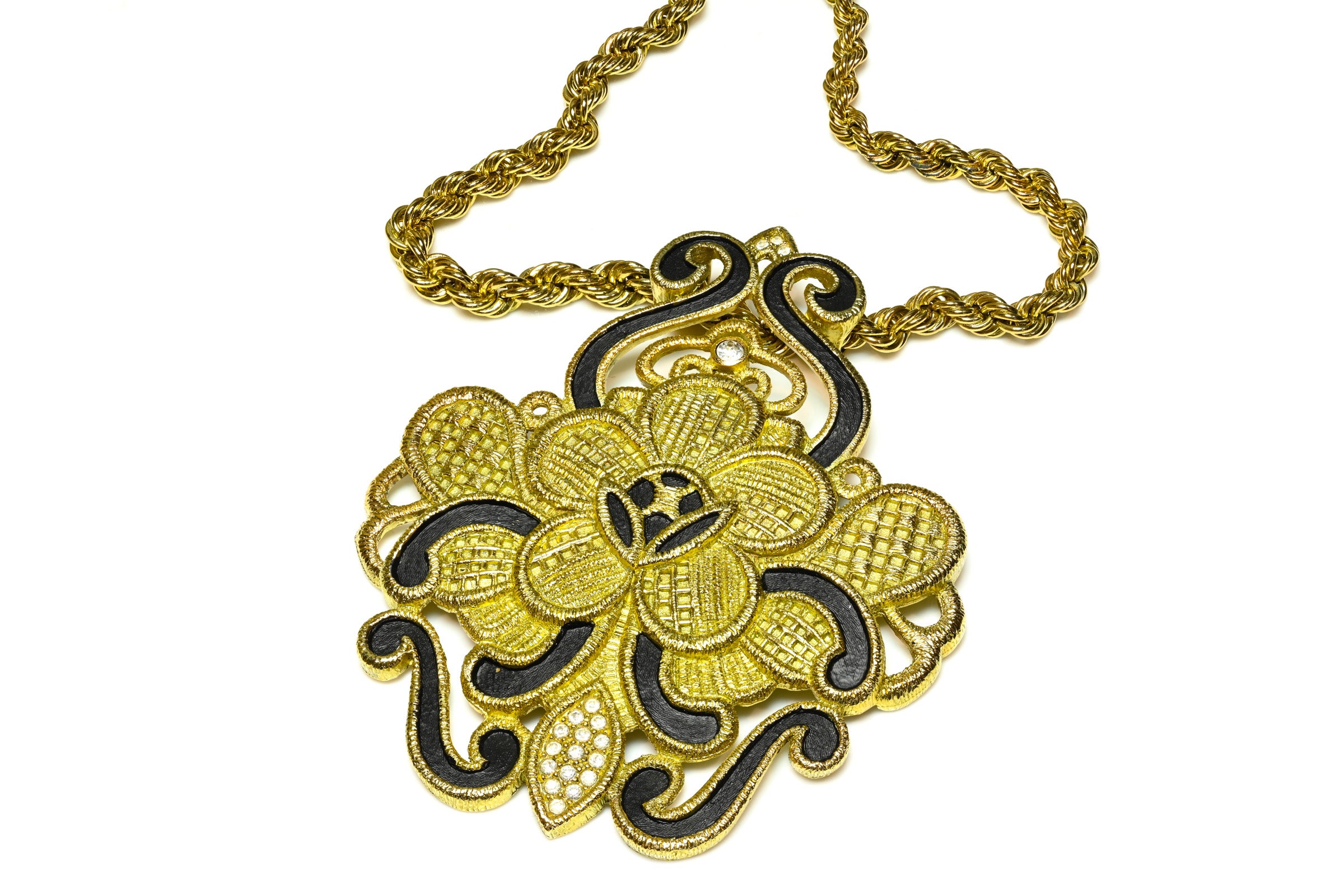
Beauty Of Renaissance Jewelry
Renaissance: A New Beginning
In European history, Renaissance was a period covering the span between the 14th and 17th centuries. Renaissance was regarded as the cultural connection between the Middle Ages and modern history. Renaissance was a period of many changes at the end of the Middle Ages. It included social, political, and economic reconstruction and intellectual regeneration of Western Europe with a strong philosophical and scientific emphasis.
These changes paved the way for later achievements such as the literary and artistic movement of the Italian Renaissance in the 15th century and the scientific developments of the 17th century.
The term "Renaissance", meaning "rebirth" in old French, first appeared in the English language in the 1830s. It was mainly a time of revival for Classical knowledge after a long period of cultural decline and stagnation. During the Renaissance period jewelerʼs arts and techniques reached truly high levels—particularly in Italy in the Grand Duchy of Tuscany.
Italian Renaissance Jewelry
Italian Renaissance jewelry once again flourished, achieved an expressive form worthy of comparison with the figurative arts. Nearly all of the most famous artists responsible for the Renaissance's artistic revival, artists such as Lorenzo Ghiberti, Filippo Brunelleschi, Antonio and Piero Pollaiuolo, and Sandro Botticelli, served apprenticeships in the goldsmithsʼ workshops.
This led to a close relationship between painters/sculptors and goldsmiths, and probably explains the excellent depiction of jewelry in Renaissance portraits. Because of their elaborate workmanship, their artistic value was far greater than the intrinsic value of their materials, many pieces of jewelry have been handed down to modern times in public and private collections.
Mythological Faun Renaissance Revival crafted in silver with shell pearl body.
Extensive evidence of the quality of their work is detailed by paintings from this period that show the jewelry worn by both men and women. From portraits by Botticelli and Piero di Cosimo, one can clearly see that the way in which precious materials were used as elaborate decoration of womenʼs hair had become an art in it's own right.
As early as the second half of the 15th century, goldsmiths and craftsmen had to harmonize every line of the complicated ornamental designs with the flow of braided hair and unbound strands. During the Renaissance period there was an increase in the use of jewelry throughout Europe. The nobility and the rich middle class followed the fashion of the courts, showing off their gold, gems, and pearls on a large scale.
Gemstones & Pendant Jewelry
Jules Wiese Cameo Pendant
The most important jewelry item from the Renaissance was the pendant, becoming the most common jewel by replacing the medieval brooch. Pendants could be worn on a necklace or affixed to a gown. The elaborate designs were not limited to the impressive jewel encrusted fronts of the pendants, bearing colored gems like sapphires, rubies, and emeralds.
The jewelry was often designed to be seen from both side, embellished with elaborate enamel on the backs. Additionally, the Renaissance also saw the return of the art of cameo cutting. These jewels were so personal that they were often destroyed after their wearer died.
Accessories To Deal with Odors
Rings were remarkably ornamented and lavishly gem set. In medieval fashion, rings were worn on all fingers, and sometime even on multiple joints. To cover up the bad odors that were the result of bad hygiene, rings featured hidden compartments which allowed scented materials to be carried around, giving the wearer easy access to a more pleasant smell whenever the odors became too intense to bear.
Another jewelry item known as a pomander was loaded with a scented perfume to cover up bad hygiene. The odor/hygiene situation during the medieval times was so dire that people resorted to wearing flea-furs, like the skin of a fret or mink, hoping that fleas would prefer the furry skin over their own body.
Bejeweled Dresses
Gold, pearls, and stones began to appear all over the bodice of dresses during the Renaissance. Prior, during the fashion of the Middles Ages, dress jewels had only appeared on the edges of women's dress. Everything worthy of being attached to a dress was was submitted for gemstone and gold encrusting.


